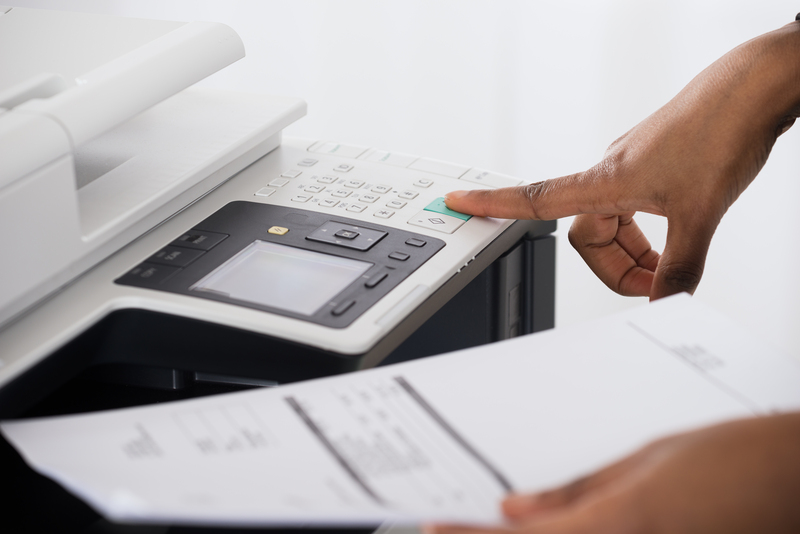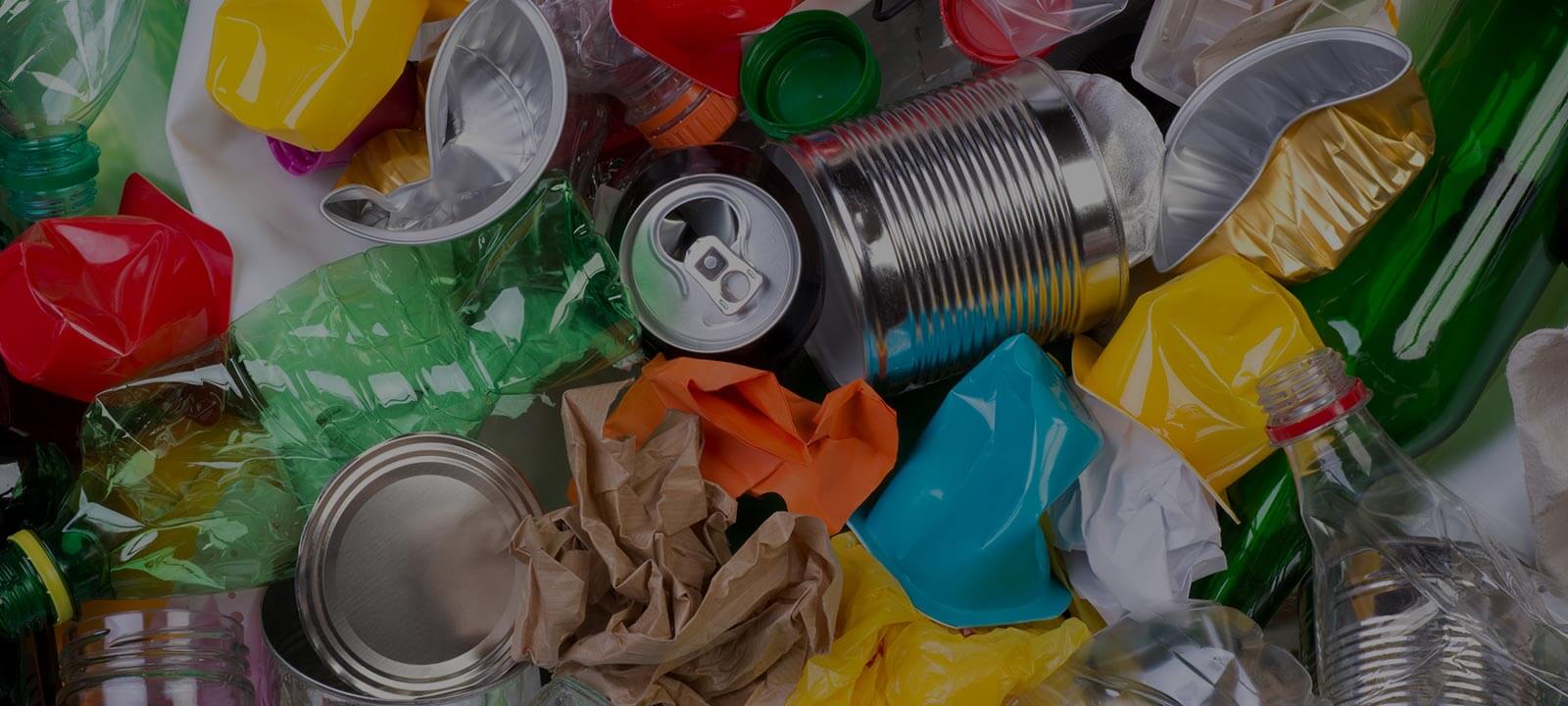Sustainable Office Recycling
Posted on 27/05/2025

As our planet faces increasing environmental challenges, businesses and organizations must adopt sustainable practices to reduce their carbon footprint. One such practice is office recycling, which not only helps preserve our planet but also promotes a culture of responsibility and sustainability in the workplace. This article will explore the importance of sustainable office recycling, offer practical tips, and discuss the pros and cons of implementing these practices in your office.
## Why Sustainable Office Recycling Matters
Recycling in the office helps reduce waste, conserve resources, and minimize the environmental impact of business operations. Here are some key reasons why sustainable office recycling is crucial:
1. **Reduces Landfill Waste**: Office recycling programs can significantly reduce the amount of waste that ends up in landfills, thereby decreasing the space needed for garbage disposal and lessening soil and water contamination.
2. **Conserves Resources**: Recycling materials like paper, plastic, and metal conserves natural resources, such as trees, water, and minerals, which are used to produce these items.
3. **Lower Carbon Footprint**: Recycling helps lower greenhouse gas emissions associated with the extraction, processing, and transportation of raw materials.
## Steps to Implement a Sustainable Office Recycling Program
### 1. Conduct a Waste Audit
Before you start, conduct a waste audit to identify the types and quantities of waste your office generates. This will help you determine which materials are the most significant contributors to your waste stream and prioritize your recycling efforts accordingly.
### 2. Set Clear Recycling Goals
Establish specific, measurable recycling goals for your office. For example, aim to reduce paper waste by 50% within six months or achieve a 75% recycling rate for all office materials. Clear goals help keep everyone focused and motivated.
### 3. Educate and Involve Employees
Employee involvement is crucial to the success of any recycling program. Provide training sessions and materials to educate employees about the importance of recycling and how to do it correctly. Encourage them to participate and offer incentives for those who contribute the most to the program.
### 4. Create Convenient Recycling Stations
Place clearly labeled recycling bins in convenient locations throughout the office, such as near printers, break rooms, and communal areas. Ensure that the bins are easy to access and use, and provide separate containers for different types of recyclable materials.
### 5. Partner with a Recycling Service
Work with a reliable recycling service provider to ensure that your collected recyclables are properly processed. Choose a provider that offers comprehensive recycling services, including the recycling of paper, plastics, electronics, and other office materials.
### 6. Monitor and Adjust
Regularly monitor the progress of your recycling program and make adjustments as needed. Collect data on the amount of waste diverted from landfills and use this information to refine your recycling strategies and set new goals.
## Tips for Enhancing Office Recycling Efforts
- **Reduce Paper Usage**: Encourage digital communication and documentation to reduce paper consumption. Print only when necessary, and use both sides of the paper.
- **Reuse Office Supplies**: Promote the use of reusable office supplies, such as refillable pens, rechargeable batteries, and reusable coffee mugs.
- **Recycle E-Waste**: Properly dispose of electronic waste, such as old computers, printers, and mobile phones, by partnering with e-waste recycling services.
- **Compost Organic Waste**: Set up a composting system in the office kitchen to recycle food scraps and other organic waste into nutrient-rich compost.
- **Promote a Green Culture**: Encourage employees to adopt sustainable practices in all aspects of their work, from reducing energy consumption to using public transportation.
## Pros and Cons of Sustainable Office Recycling
### Pros
- **Environmental Benefits**: Reduces waste, conserves resources, and lowers carbon emissions.
- **Cost Savings**: Decreases waste disposal costs and paper consumption, leading to financial savings.
- **Employee Engagement**: Fosters a sense of responsibility and pride among employees, boosting morale and productivity.
- **Positive Corporate Image**: Demonstrates your company's commitment to sustainability, which can enhance your reputation and attract environmentally conscious clients and employees.
### Cons
- **Initial Costs**: Implementing a recycling program may require an initial investment in bins, signage, and training.
- **Ongoing Effort**: Maintaining a successful program requires continuous monitoring, education, and involvement from employees.
- **Potential for Contamination**: Improper sorting of recyclables can lead to contamination, reducing the effectiveness of the recycling program.
## Takeaways
Sustainable office recycling is a vital component of any organization's environmental strategy. By reducing waste, conserving resources, and lowering carbon emissions, businesses can make a meaningful impact on the environment and promote a culture of sustainability. Setting clear goals, educating employees, and partnering with reliable recycling services are essential steps to creating a successful recycling program. Despite potential challenges, the benefits of office recycling far outweigh the drawbacks, making it a worthwhile endeavor for any organization committed to sustainability.
## Conclusion
In conclusion, sustainable office recycling is not only an environmentally responsible practice but also a way to engage employees, save costs, and enhance your corporate image. By implementing effective recycling strategies and continuously improving your program, you can contribute to a greener, more sustainable future for all. Remember, every small action counts, and together, we can make a significant difference.







